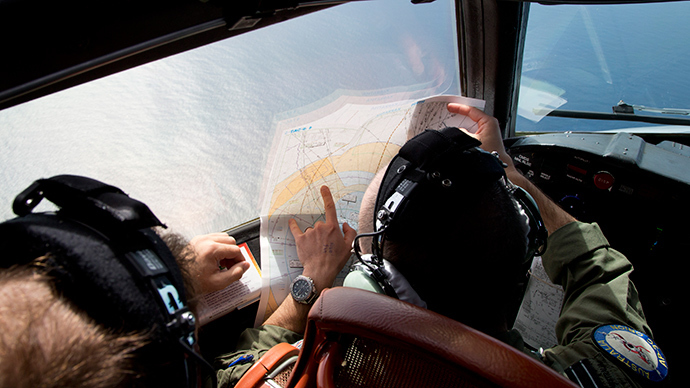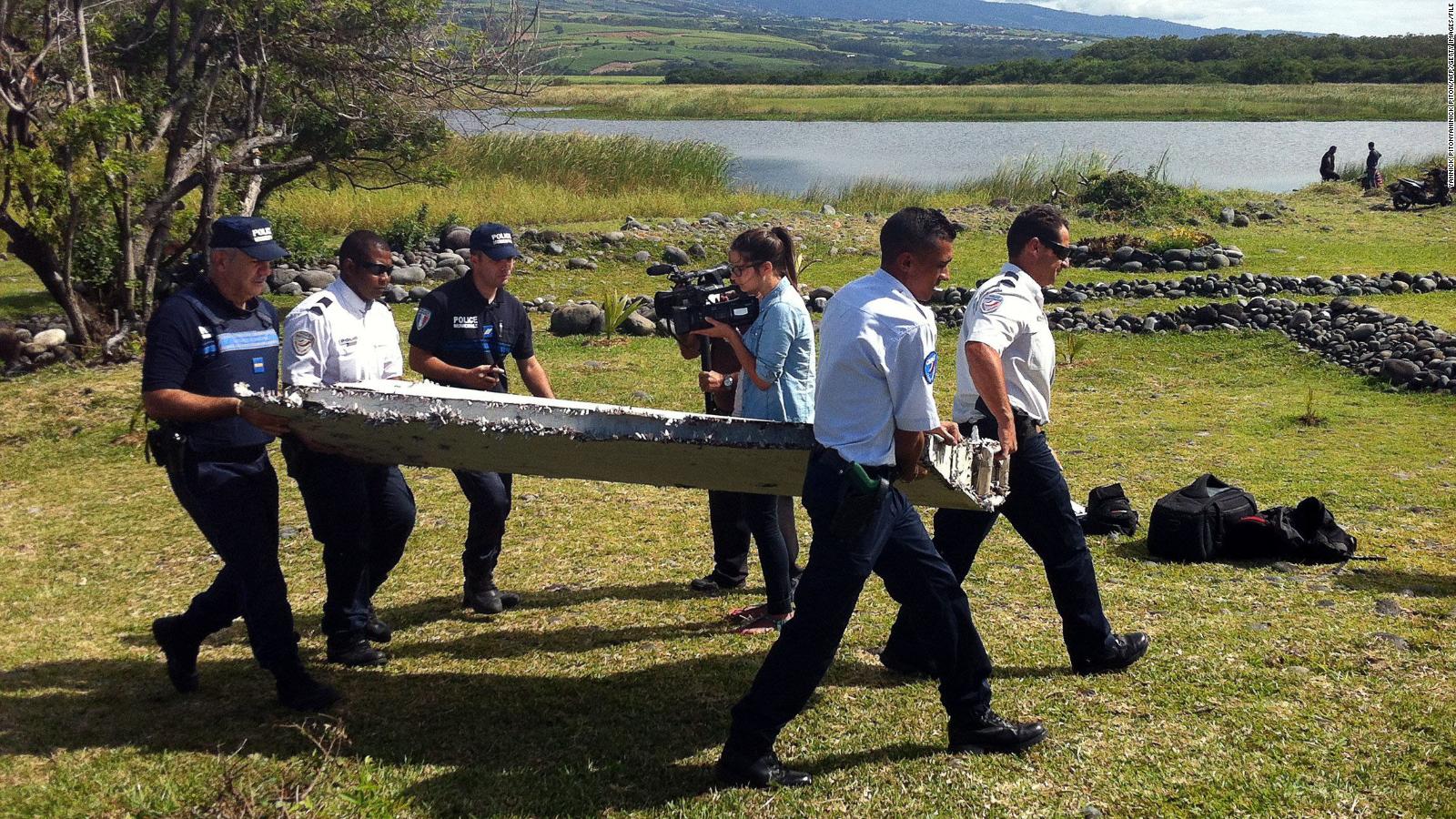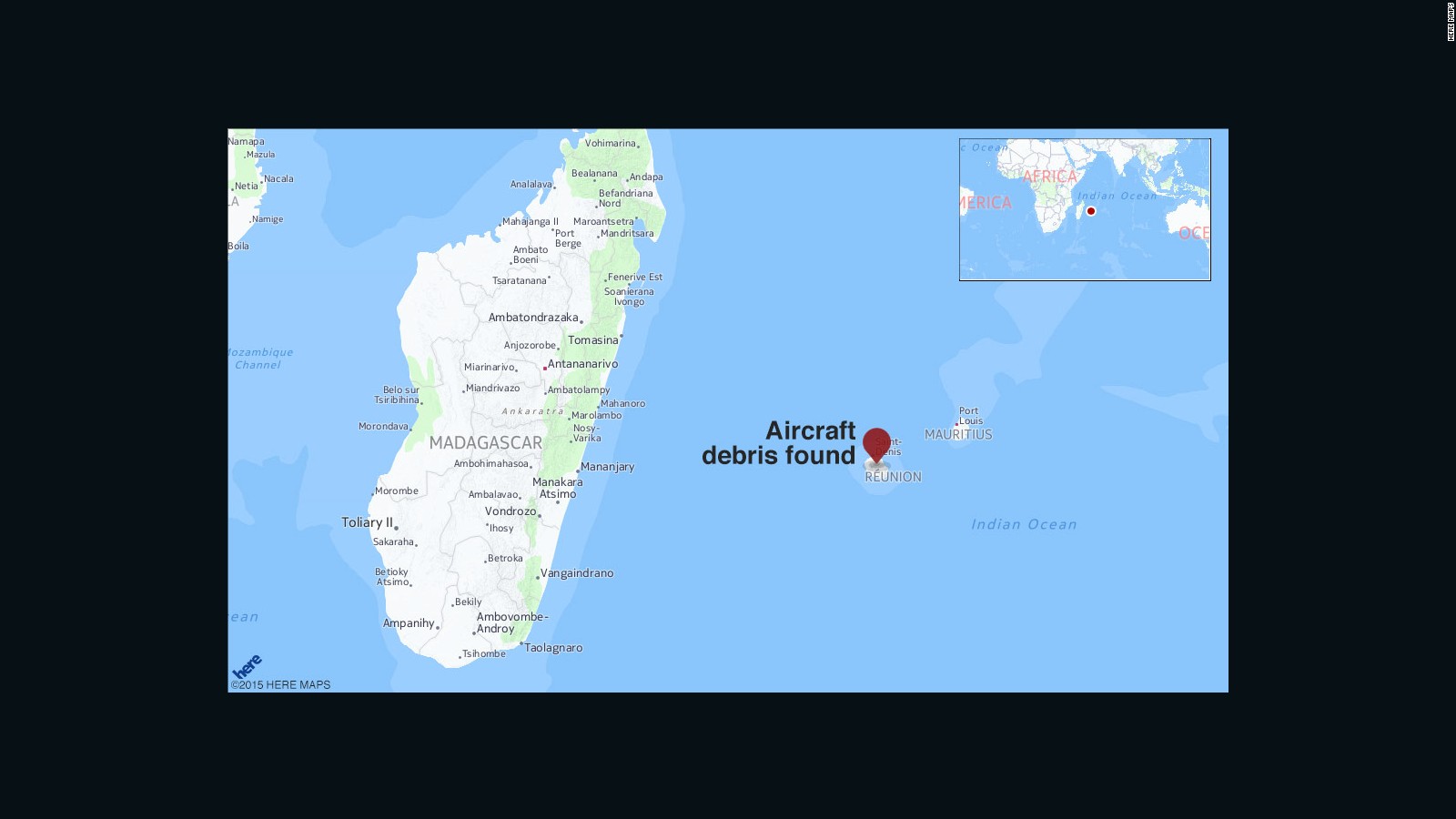Published time: 22 Dec, 2014 14:16
A former French airline CEO Marc Dugain claims that the US may have shot down Malaysian Airlines flight MH370 and then covered it up, adding to a rash of conflicting theories about the missing plane.
In a six-page article published by French weekly Paris Match, Dugain claims that the Boeing 777 may have got into trouble and as it was approaching the US military base on the British territory of Diego Garcia in the Indian Ocean, it was shot down. US forces may have feared the plane was attempting a 9/11 style attack on the base, Dugain said.
“It’s an extremely powerful military base. It’s surprising that the Americans have lost all trace of this aircraft. Without getting into conspiracy theories, it is a possibility that the Americans stopped this plane,” Dugain said, English-language website The Local reported Friday.
Dugain said there were witness in the Maldives, the nearest islands to Diego Garcia about 500 kilometers to the north, who claim to have seen a “huge plane flying at a really low altitude” with Malaysian Airlines colors flying toward Diego Garcia.
In August, the UK Daily Mirror reported that the MH370 was heading for the tiny Indian Ocean atoll of Diego Garcia, but the US Embassy in Kuala Lumpur denied this. A spokesperson for the US Embassy in Malaysia told the local Star newspaper at that time that there was “no indication that MH370 flew anywhere near the Maldives or Diego Garcia.”
He added: “MH370 did not land in Diego Garcia.”
Dugain writes that the aircraft, which disappeared on March 8 with 239 people on board, while on a scheduled flight from Kuala Lumpur to Beijing, could have been hijacked remotely and then steered toward Diego Garcia.
Another explanation, he says, is that an onboard fire forced the crew to turn off all electronic devises without damaging the plane’s exterior, allowing it to continue on autopilot with everybody on board asphyxiated.
The testimonies of witnesses in the Maldives have been suppressed, Dugain claims, adding he was approached by a British intelligence officer, who warned him he would be taking “risks” by trying to find out what really happened to the MH370. As the British own the island, it would figure they would cover up any incident, Dugain said.
The US has consistently denied it has had any knowledge of the fate of the airliner, but Dugain doubts the US, which is “equipped with the best technology in the world” could have completely lost track of “a 63-meter-long object.”
Sir Tim Clark, CEO of Emirates Airlines, the world’s largest, said in October that he thought information on what happened to the doomed airliner was being withheld by some people and that even with all its electronic communications systems turned off the plane would still be traceable by powerful military radar.
There have been a host of theories about what could have happened to the missing airliner, some them seemingly more the stuff of thrillers than air crash investigators.
British journalist and author Nigel Cawthorne said that it may have been shot down by military exercisesbeing conducted by Thailand, Japan, Indonesia, the US and personnel from China in the South China Sea.
Even more far-fetched is that MH370 could have been flown north in the shadow of another plane and would have avoided detection on radar before branching off and landing at an airfield in north east China, Kyrgyzstan or Turkmenistan.
A third claims there could have been a botched hijack attempt. Analysis of radar data shows the plane began to fly erratically and climbed to 45,000 feet before dropping to a very low altitude.
The pilots could have flown like this to disorientate the hijackers or the hijackers themselves could have flown the plane up to this altitude to kill the passengers by starving them of oxygen by depressurizing the cabin, while they had access to another oxygen supply. Under this theory the attempts fails and the hijackers accidentally kill themselves.
In October, the investigation was focused entirely around an underwater search. As of December 17, 11,000 square km of the seafloor had been searched. The search of the southwest Indian Ocean is being conducted by three vessels and is expected to be completed by May 2015.












